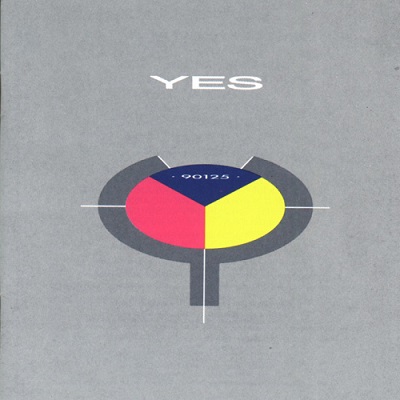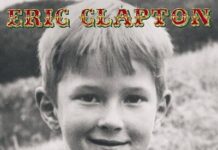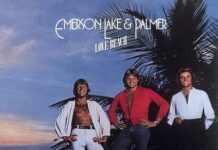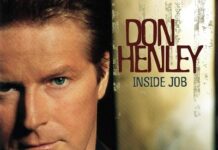By the end of the 70s, progressive perennials Yes had simply run out of gas. After the Drama album, Steve Howe and Geoff Downes went on to form Asia, leaving Trevor Horn, Chris Squire and Alan White to their own devices. Squire and White collaborated with Jimmy Page, forming a new band called XYZ (short for ex-Yes, Zeppelin). Page eventually opted out, so Squire and White set about to put together a new group coined Cinema. South African guitarist Trevor Rabin stepped in with a batch of songs and a new perspective. Original Yes keyboardist Tony Kaye joined shortly afterward. When original Yes vocalist Jon Anderson arbitrarily heard the basic tracks, he wanted in. With Anderson, the sound was unmistakably Yes. Another Yes casualty — Horn — was brought in to produce the music and 90125, the first new Yes album of the 80s, was born. What unfolded from there was to be the band’s most successful outing.
The first single “Owner Of A Lonely Heart” was not only a quirky and catchy departure from previous Yes efforts — it was the first and only Number One single Yes would ever chart. Rabin, the author of the song, piped in as a strong and distinctive second voice. His guitar playing was much heavier than Howe’s, yet something else altogether — a lot of attack and snarl that defiantly blew smoke at the pretense of the past, transporting Yes into the modern age. Videos of over half the songs on the album were all over MTV. “Hold On,” “It Can Happen,” “Changes” and “Leave It” all received heavy airplay. “Cinema,” the lone instrumental, went on to win a Grammy. Yes supported the album on the road for over two years, releasing a video (directed by Steven Soderbergh) and live EP called 9012Live.
Everything about Yes was a little different. Their staging was less cluttered, more streamline and broken down. Anderson, Squire, White and Kaye sported new looks while the world got to know the omnipotent Rabin. Along with Horn, Rabin introduced such sleight-of-hand studio tricks as samplers and drum machines. Kaye shied away from any Rick Wakeman-like exercises of the past, employing a number of pre-set gadgets that congruently added lots of sparkle and subtlety to the final mix. Squire certainly maintained his brand of thunder while White juggled his way through a myriad of obstacle courses. Anderson simply seemed to be riding it out. As well as he sounded on everything he sang, Yes — Anderson’s Yes — had been radically overhauled, and was somewhat out of his grasp. Of course, 90125‘s lineup would only go on to make two more albums before folding up shop. The classic 70s lineup got back together for a spell in the 90s and early 2000s. More recently, with Squire and White passed away, Howe keeps the Yes name alive, while Anderson, Rabin and Wakeman toured together, under their own surnames, then later incorporating “Yes” into the name, just to mess with everyone’s head. They played a lot of material from 90125. Obviously, the only Number One single Yes ever had gets trotted out by all parties. It’s a constant reminder of the days when video killed the radio star.
~ Shawn Perry




















